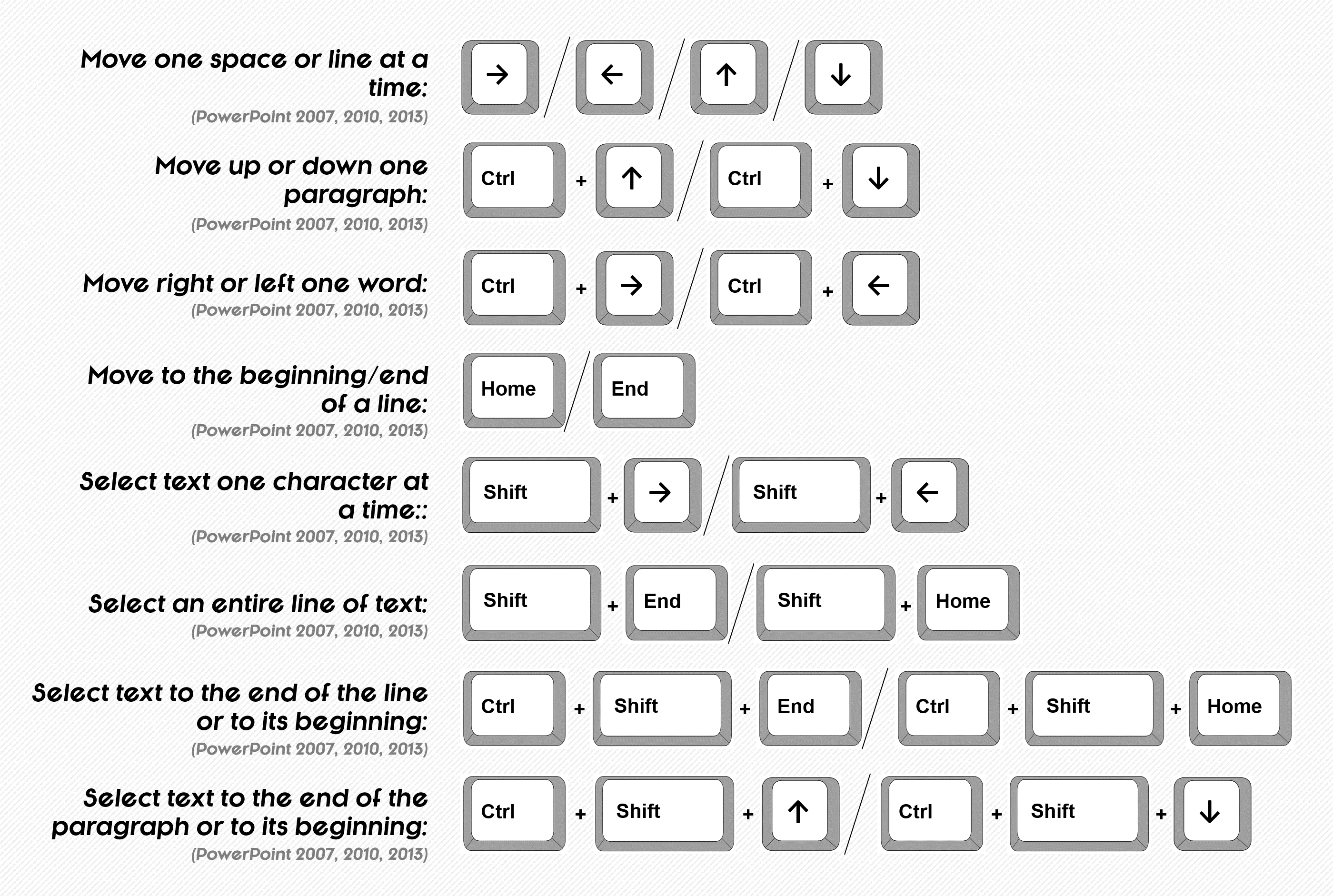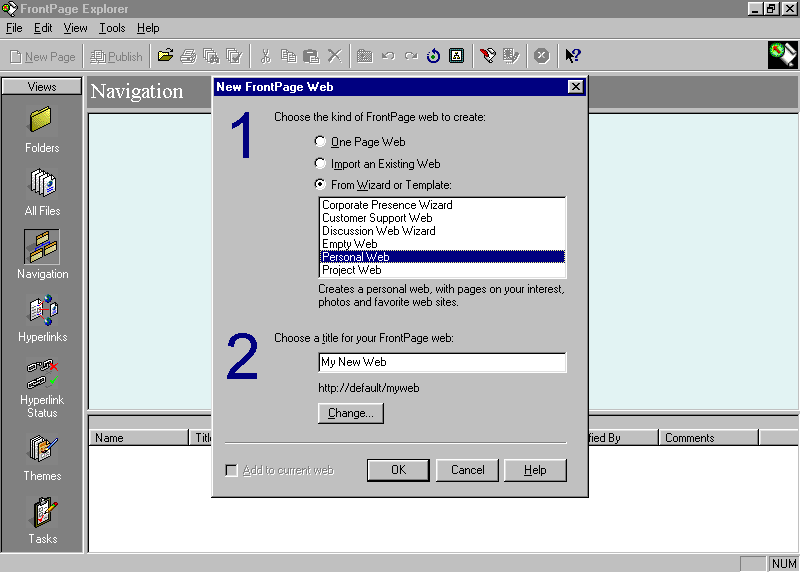

Word allows you to automatically control single-line widows and orphans in your documents. You will want to avoid both widows and orphans in your documents, as they break up the flow of the text and tend to distract the reader. A widow is the last line of a paragraph left by itself at the top of a page an orphan is the first line of a paragraph left by itself at the bottom of a page.

These terms refer to one (and sometimes two) lines of a paragraph left by itself on a page.
MICROSOFT WORD WIDOW ORPHAN CONTROL MANUAL
Manual overrides, such as inserted empty lines or extra spaces, can cause the insertion of a white space into the middle of pages.In typographical terminology, widows and orphans are closely related (no pun intended). In technical writing, where a single source may be published in different formats, with the viewer's expectation of viewing content in different sizes and resolutions, the paragraph settings automatically prevent widows and orphans. Most full-feature word processors and page layout applications include an automatic paragraph setting that prevents widows and orphans thus, an orphan is forced to the top of the next page or column and the text line preceding a widow is forced to the next page or column. Sometimes it can also be useful to add non-breaking spaces to the first two (or few) short words of a paragraph to avoid having a single orphaned word placed to the left or right of a picture or table, while the remainder of the text (with longer words) would only appear after the table. In web-publishing, this is typically accomplished by concatenating the words in question with a non-breaking space and, if available, by utilizing the orphans: and widows: attributes in Cascading Style Sheets. Similarly, an orphan word at the end of a paragraph can be relocated by forcing one or more words from the preceding text line into the paragraph line of the orphan. Adding a floating block (figure) to the text, or resizing an existing figure.Īn orphan is more easily deleted, either by inserting a blank line or by forcing a page break to push the orphan line onto the next page, to be part of the paragraph to which the orphan belongs.Adding a pull quote to the text (usual in magazines) and.Reduce the letter-spacing (tracking) of the words.Subtle scaling of the page without distorting the letters.Adjusting the hyphenation within the paragraph.Adjusting the spacing between words to produce tighter or looser paragraphs.Adjusting the leading, the space between lines of text.Forcing a page break early, producing a shorter page.The techniques for eliminating widows include: In the 16th edition, The Chicago Manual of Style (2011) suggests a new convention to determine which pages may end with the first line of a new paragraph. Please help improve this article by introducing citations to additional sources.įind sources: "Widows and orphans" – news Ībout the appearance of a page of text, The Chicago Manual of Style indicates that a manuscript should have no orphans or widows, even if their elimination leaves additional blank space at the bottom of the column or the page. Relevant discussion may be found on the talk page. This section relies largely or entirely on a single source. Orphans of this type give the impression of too much white space between paragraphs.

Mnemonically still "alone at the bottom", just this time at the bottom of a paragraph. Alternately, a word, part of a word, or very short line that appears by itself at the end of a paragraph. Mnemonically, an orphan is "alone at the bottom" (of the family tree but, in this case, of the page). Orphan A paragraph-opening line that appears by itself at the bottom of a page or column, thus separated from the rest of the text. Mnemonically, a widow is "alone at the top" (of the family tree but, in this case, of the page). The Chicago Manual of Style provides these definitions: Widow A paragraph-ending line that falls at the beginning of the following page or column, thus separated from the rest of the text. There is some disagreement about the definitions of widows and orphans what one source calls a widow another calls an orphan. (The typographer's terms for the top and bottom of a page or column are head and foot.) In typesetting, widows and orphans are lines at the beginning or end of a paragraph that are left dangling at the top or bottom of a page or column, separated from the rest of the paragraph. A widowed line: the last line of a paragraph, all alone on the other side of a page break.Īt the end of the first paragraph, the word "lorem" is an orphan in the second sense: a very short final line that, because the rest of its line is white, creates an impression of two lines of whitespace between the paragraphs.


 0 kommentar(er)
0 kommentar(er)
